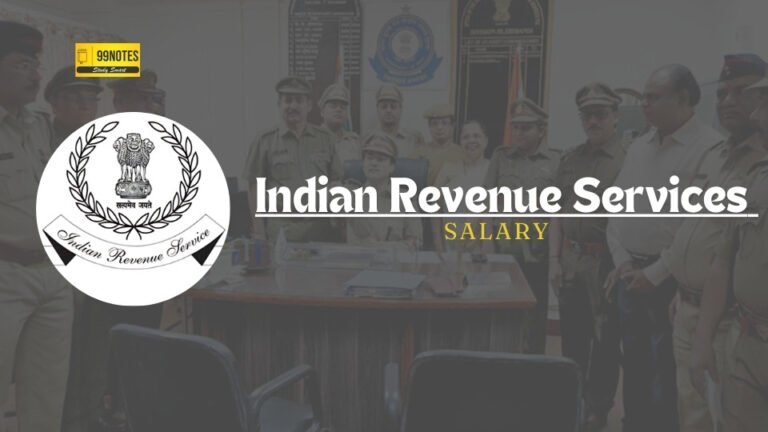Centre gives approval for transfers, appointments of new Chief Justices of HCs
| Topic: GS 2 – Indian Polity: Indian Judiciary |
| Context |
|
Background – How are judges appointed in India
The appointment and transfer of judges in High Courts are governed by Articles 217 and 222 of the Constitution and are carried out based on the recommendations of the Supreme Court Collegium, headed by the Chief Justice of India. This mechanism aims to ensure judicial independence while maintaining an efficient judiciary through timely appointments and transfers.
- As per article 217, the President appoints the Chief Justice and other judges after consultation with such judges of the Supreme Court and the high courts as he considers necessary for the purpose.
- The Supreme Court has interpreted the word ‘consultation’ as concurrence, and therefore, the advice given by the Supreme Court is binding.
Collegium system
To ensure that the binding consultation given by the Supreme Court is not biased, it has devised the Collegium system, in which the CJI has to consult other senior judges in the following way:
- CJI should consult a collegium of 4 senior-most judges of the Supreme Court. If 2 judges give an adverse opinion, the Chief Justice should not send a recommendation.
- The opinion of the collegium must be in writing.
- Regarding the appointment of judges to the High Court, the collegium should consist of the CJI and any 2 senior-most judges of the Supreme Court.
CJI’s recommendation made without complying with the rules and requirements of the consultation process would not be binding on the government.
Major Transfers of Chief Justices:
These appointments and transfers were recommended by the Supreme Court Collegium headed by CJI B.R. Gavai.
- Chief Justice K.R. Shriram (Madras HC) → Rajasthan HC
- Chief Justice Manindra Mohan Shrivastava (Rajasthan HC) → Madras HC
- Chief Justice M.S. Ramachandra Rao (Jharkhand HC) → Tripura HC
- Chief Justice Aparesh Kumar Singh (Tripura HC) → Telangana HC
New Appointments as Chief Justices:
- Justice Sanjeev Sachdeva → Madhya Pradesh HC
- Justice Tarlok Singh Chauhan → Jharkhand HC
- Justice Vibhu Bakhru → Karnataka HC
- Justice Ashutosh Kumar → Gauhati HC
- Justice Vipul Manubhai Pancholi → Patna HC
Other Judge Transfers:
- Justice Anil Kshetarpal → Delhi HC
- Justice Suman Shyam → Bombay HC
- Justices Ashwani Kumar Mishra, Om Prakash Shukla, and Jayant Banerji transferred from the Allahabad HC to other High Courts.
Criticism of Collegium system – Important
- No accountability: The collegium is not accountable to any administrative body as a small group of judges appoint other judges. This can result in choosing the undeserving candidate while excluding the suitable one.
- Lack of transparency: All discussions take place in secrecy, which is very harmful. Ruma Pal, a former Supreme Court of India judge, states, “This mechanism is one of the best-kept secrets in the nation”.
- Undemocratic system: Judges are not elected by the people and are not answerable to the public. Consequently, the selection of judges by the collegium is undemocratic.
- Concentration of power: It violates the system of checks and balances by concentrating the power of sending the recommendations for judicial appointments only to the judiciary, with no or limited role for executives in sending the names of candidates.
The government disfavours such a system as it is opaque, and extra-constitutional (i.e. not given in the constitution). It is a method invented by the Supreme Court that awards itself independence and primacy in the appointments in the higher judiciary.
Conclusion:
This move is significant as it ensures continuity in judicial functioning and reduces the backlog of cases by filling key vacancies in High Courts.

